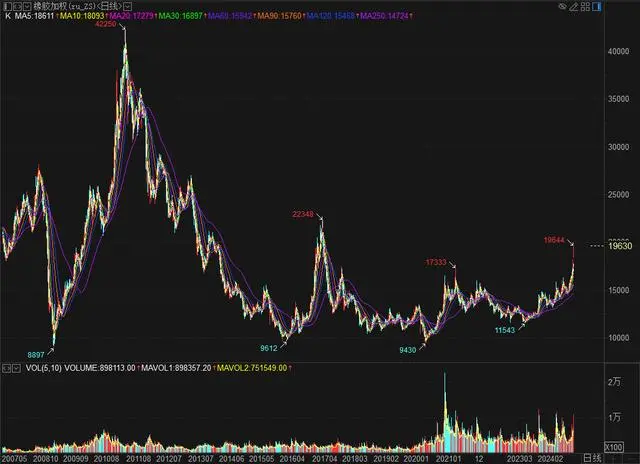Summary:
Recently, the price of natural rubber has reached a five-year high, driven by a combination of climate anomalies, policy changes, and market demand. The El Niño phenomenon has caused droughts and high temperatures, significantly impacting rubber production, while the EU’s zero-deforestation regulation (EUDR) has increased production costs. Despite strong demand, supply challenges persist due to stagnant planting areas and aging trees, suggesting a promising future for the natural rubber market.
Key Points:
- In 2023, natural rubber prices rose over 38%, with the Shanghai Futures Exchange index reaching a five-year high of 19,630 points on September 30.
- The price increase is attributed to abnormal weather conditions affecting supply, particularly during the rubber tapping season.
- The EUDR has raised certification costs, contributing to higher rubber prices.
- Typhoons have damaged rubber plantations in Southeast Asia and China, leading to expected production declines.
- Global rubber planting areas have stagnated, with declining replanting rates due to low economic returns.
- China’s annual rubber consumption is 6.7 million tons, leading to a heavy reliance on imports due to supply-demand imbalances.
- Many institutions are optimistic about future natural rubber prices, predicting an upward trend.
Post time: Oct-16-2024
